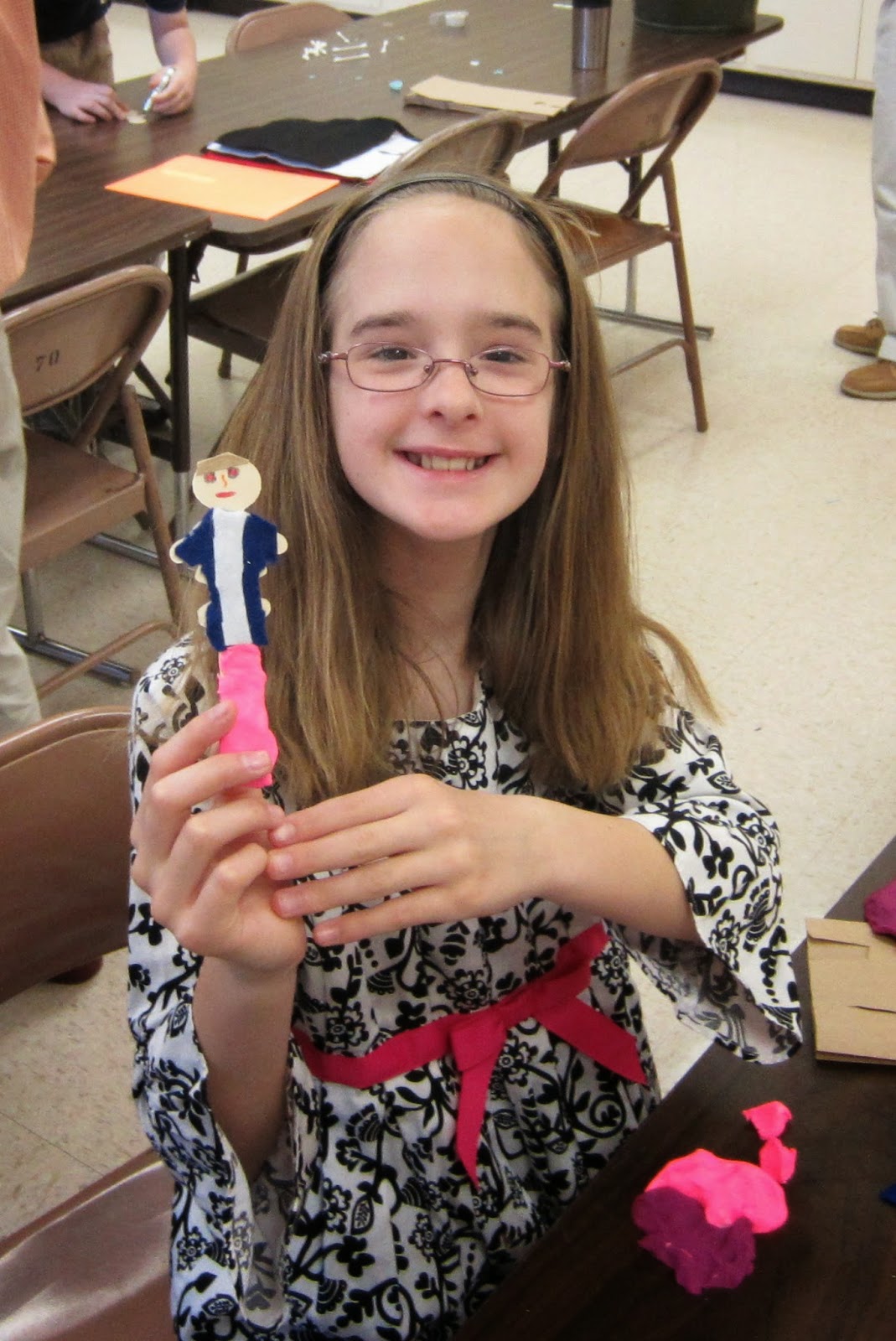Hi Godly Play Teachers!
Welcome to Faces of Easter II: Jesus Is Lost and Found, our lesson for March 1.This week we remember and celebrate the phase of Jesus' life when he was a boy by telling the story from Luke 2: 39-52. In this story, Jesus is found in the temple after the Passover festival.
What a great opportunity for children to think about Jesus as a boy, a child near their own age. I'm sure that if they really start doing some heavy duty thinking about this, a zillion questions may spring up. It's great for all of us to witness this and ask questions of our own!
At the end of the story, you can choose whether to ask children to find an item in the classroom that helps tell about this part of Jesus' life or you can ask wondering questions.
Here are some wondering questions you might ask:
1. I wonder what your favorite part of this story is.
2. I wonder what the most important part of the story is.
3. I wonder what God can teach us from this story.
4. I wonder where you are in the story- what part of the story is about you.
5. I wonder what questions Mary had about all of this after they were back home again.
Gift to God Time
There are several ways you and the children can choose to go during your response time. You can focus on the story itself, you can help children think about the role of church in their own lives, or you could focus on the idea of God helping us grow during childhood. I'm sure you can think of other ways to respond to this story. Here are a few ideas you might find helpful for the children to use as a springboard:
For a focus on the story itself:
 |
| Flickr photo by Lawrie Cate, creative commons |
Each child could make their own, or the children could work together to make a big one for the class, with each child writing a verse on it.
To make a scroll, take a sheet of white paper the size of your own choosing and let the children write or copy a verse or several verses. (Luke 2:52 would be especially appropriate for this week.) Then crinkle up the paper, straighten it, and repeat several times to make it look old. If they want, kids can tear the paper around the top and bottom edge (not the sides, where they'll attach the dowel sticks.) Then curl the sides around dowel sticks and glue to dowels. Paint the scroll with tea and let it dry.
 |
| A fifth grader makes a scroll. |
 |
| Mary comes with a question mark because she's wondering where Jesus is. Children could draw the story on Easter eggs for the Easter tree. |
For a focus on the role of church in the children's own lives:
1. Have the children draw or paint or cut out photos for a collage on what their favorite thing is to do at church. Maybe have one side of the drawing of all the things we do at church, and then on the other side their absolute favorite thing.
2. Have the children make a church/temple out of a shoebox or popsickle sticks or lego or clay. Kids could go look at the poster in the Children's Activity Room and see what the temple looked like first.
3. Make a stained glass window from torn tissue paper and construction paper, as shown here.
For a focus on the idea of God helping us grow:
1. Have the children trace each other's bodies on butcher paper and color them in with markers or paint. You could hang your classroom of students on the wall and have the children come up with a title about how God helps us grow.
2. As you talk about growing, each child could plant grass seeds or flower seeds in a small pot--or if you really want to get creative with the Easter theme, in an (Easter) egg shell, as shown here.
3. Jesus grew by learning and working hard. How do the children do this? They could draw the things they do as they grow to learn and work hard. Or they could make coupon cards for their parents, good for cleaning their room or dusting the furniture or sweeping, etc.
Hope these ideas help!
Thanks you all!
Becky

























